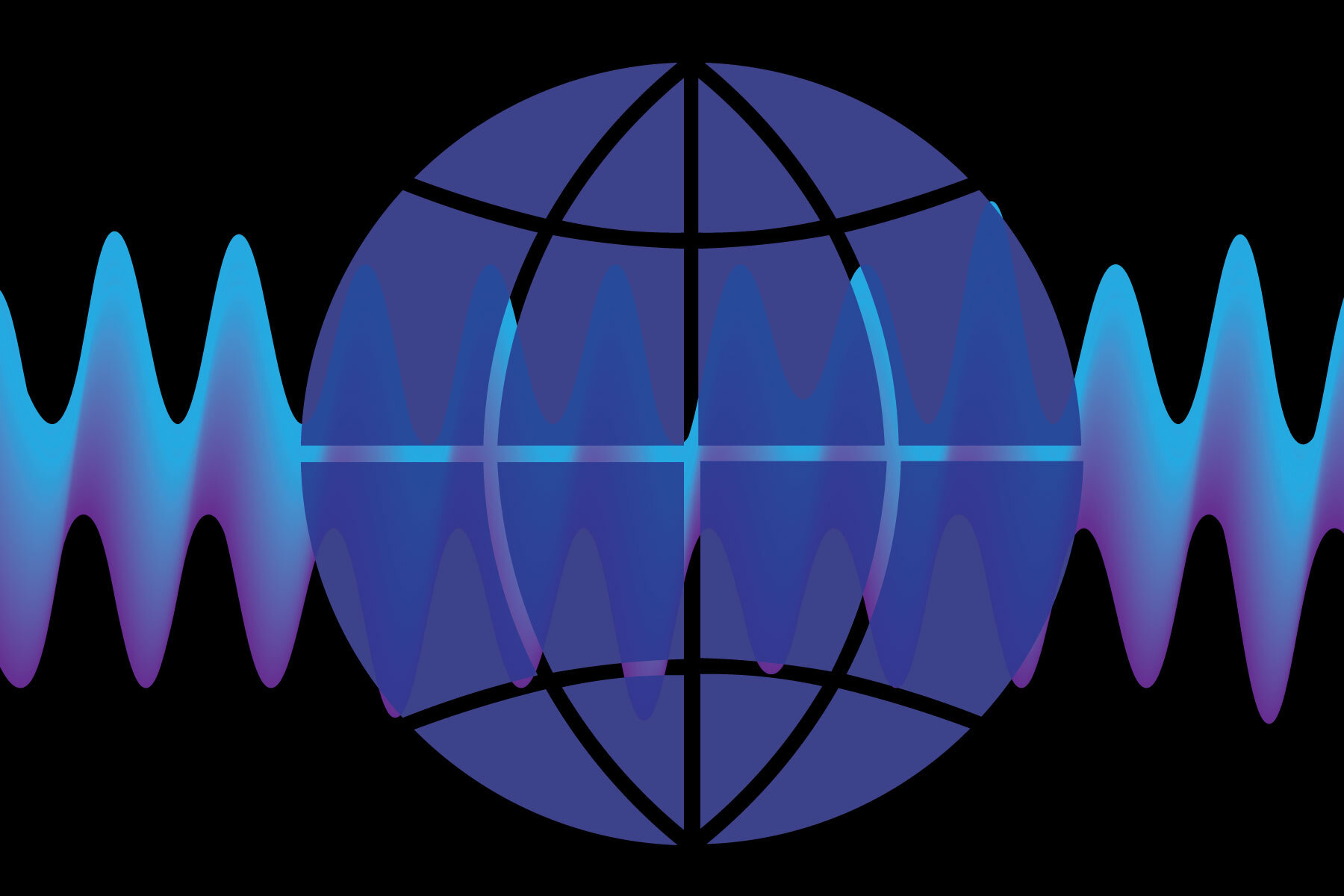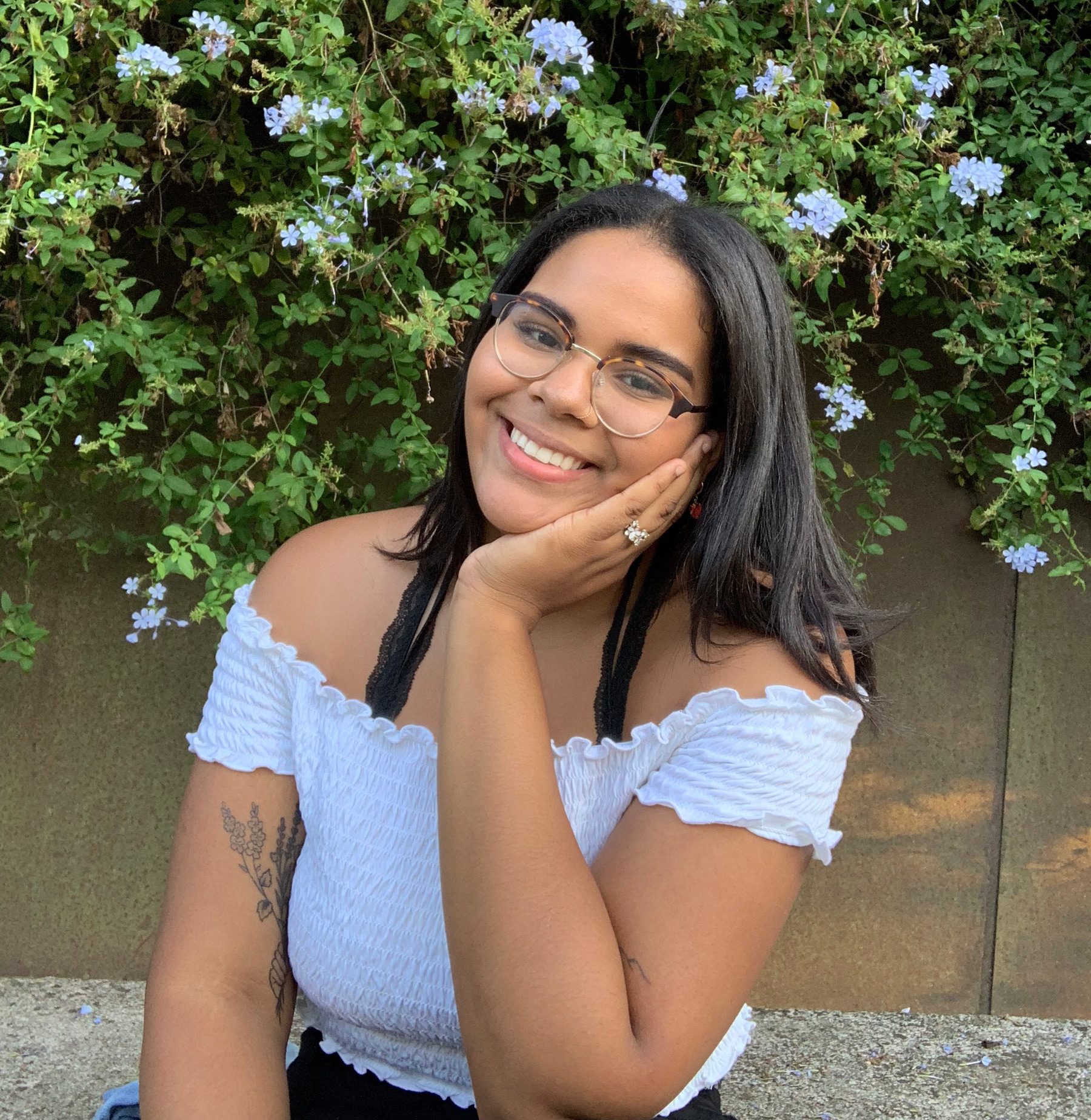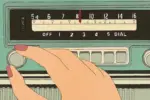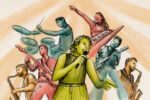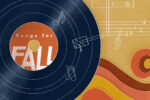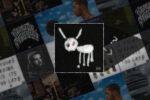In 2020, top hits are being made in bedrooms more than ever before. Stars like Juice WRLD or Lil Tecca have created singles and seemingly become famous overnight without even having to leave home. By eliminating the need for a proper studio, the internet and software like GarageBand and FL Studio have facilitated the way new artists create and promote their songs. Internet beats are not new. Back in the days of AOL chat rooms, producers would create and sell their own songs, but it was definitely not happening on the scale it is now.
Many years ago, up-and-coming artists needed access to a pricey studio or industry connections just to get time in a recording booth. Additionally, promotion for their music usually involved radio placement, getting featured on the song of a more popular artist or being booked as an opening act for concerts. If you wanted to make it as a musician, you needed to know the right people and already have money to invest in your craft. This isn’t the case anymore.
Some Learn To Make Their Own Beats
There are many types of software, often free, that artists have taken advantage of to start creating their own beats and releasing their own songs. Some of these include FL Studio, Abelton Live, MAGIX and a much simpler, but accessible program, GarageBand. Moreover, many well-known producers such as Nick Mira, who is famous for his countless collaborations with the late Juice WRLD, also release packs that include different instrumental kits, voice tags and samples that others can use.
This software isn’t always necessarily user friendly, but with some practice and the help of thousands of tutorials on YouTube, surely anyone can become a pro. Free guides like this 15 years ago were virtually nonexistent. Music software has always been available, but with the rise of YouTube allowing for online learning, the amount of people fluent in these programs has skyrocketed.
Sometimes, unexpectedly, YouTuber’s uploading these tutorials end up launching their own careers. One that comes to mind is Aries. His channel’s main content involved him remixing other musician’s songs and making tutorials about them, many of which went viral — some of his most popular being “If XXXTentacion’s “SAD!” was more happy,” which racked up 2.1 million views and “How Playboi Carti’s ‘MAGNOLIA’ was made in 2 minutes,” which currently has 2.5 million views. After his channel began gaining notoriety, many viewers began listening to Aries’ own music. He eventually stopped making tutorials and started focusing on posting his own music on his channel. He released his debut album, “WELCOME HOME,” in April 2019 and embarked on a world tour this past fall.
Why Make Your Own Beats When You Can Just Buy Them?
Another route an artist can take is to buy beats. Some of the most iconic songs in the past decade have been created this way. Lil Nas X’s “Old Town Road” spent 19 weeks on the Billboard Hot 100 at No. 1, setting a record in the process. A little-known fact about the country-trap hit is that it all started with a $30 beat. Nas X and the beat’s Dutch producer, YoungKio, didn’t even meet in person until the song had already begun to gain traction. Other popular songs produced from purchased beats include 2016’s “Panda by Desiigner and Fetty Wap’s “Trap Queen.”
Many producers have begun making a living and propelling their own careers from selling cheap beats on YouTube or sites like BeatStars and Airibt. One who is particularly vocal about his success is Taz Taylor. He told Vice that he began selling beats at 17 years old, pricing them at anywhere between $20 to $200; six months later, he had earned $12,000 from tracks created in his bedroom. Ten years later, Taylor is now 27 and claims to have earned more than $500,000 in 2016 from selling beats. This success has allowed him to collaborate with mainstream rappers such as Gucci Mane, Kodak Black and Big Sean.
Internet beats are a compromise for both producers and artists. One controversial topic in the music industry has always been who gets paid and how much. Traditionally producers have had to sign contracts and wait months on payments — which may not even be fairly divided. Artists would have to pay to get into recording booths or have industry connections. Now artists are able to cheaply create their music on their own time. Producers can create what they want and be paid instantly. This process cuts out the middleman and gives both parties the freedom they both want.
What Are Type Beats?
Type beats are a particular kind of beat that is created to resemble the style of a certain artist, song or even another producer. They become an increasingly more popular way to sell beats. Since making them has become accessible and new producers have seen how financially successful selling beats can be, the market has become more competitive. Marketing one as a “Post Malone-type beat” or a “SICKO MODE-type beat” makes it more attractive than one marketed using the producer’s name that, in many cases, means nothing to the aspiring artist who comes across it. Instead of associating the beat with a producer you’ve likely never heard of, one associates it with the type of beat it could be, thus drawing more clicks.
Type beats in general have aspiring rappers quickly finding beats similar to the sound they may be trying to emulate. Rapper Lil Mosey admitted to Genius in his “Pull Up” verified video that he found the beat online labeled as a “Lil Uzi type-beat.” Bryson Tiller even rapped about finding beats on SoundClick, yet another beat-sharing site, in his 2015 track “For However Long.” “Panda” was posted onto YouTube as a “Meek Mill-Ace Hood type beat.” Rapper Tay-K found the beat for his 2017 hit, “The Race,” on SoundCloud labeled as a “Pi’erre Bourne x Playboi Carti type-beat.”
Many have made the comparison of the rise in internet beats to that of fast fashion. The oversaturated internet-beats-for-purchase market makes tracks readily available, but often lacking in uniqueness, as most producers are just trying to sell what’s hot at the moment. But this does mean that prices are low and accessible to anyone. On the flip side, a high fashion analogy would compare expensive studio time or industry connections to the few people who can indulge in buying a Chanel bag.
The final piece of the puzzle for new artists comes in the way of marketing their tracks. No longer do you need radio play or to be featured on another artist’s song to gain the exposure you need. You just need the internet. Self-publication sites like SoundCloud and Spotify allow artists to publish their own music regardless of their attachment to a record label. It should be noted that uploading to Spotify, however, is a lengthier process, which requires verifications — something that SoundCloud does not require. But regardless, these platforms exist and are used on an unprecedented scale. One may argue that Myspace was the early pioneer of these kinds of sites and their potential, but it wasn’t around long enough to launch as many careers as newer streaming services have.
Spotify, in particular, has unintentionally created a music discovery powerhouse. Every week the streaming service curates hundreds of playlists by genre, mood and time of release. Some of the most popular playlists include New Music Friday and Pop Rising as well as their ongoing Viral playlist, which ranks the highest growing songs everyday by country.
These playlists have millions of subscribers and landing on one of them can help give anyone a boost. Rapper Aries says his song, “Sayonara,” peaked at No. 10 on the Spotify USA Viral playlist after being featured on New Music Friday. This success opened many doors for him as major labels began offering to work with him for the first time. Normally, these playlists are independently curated, and artists don’t pay to be featured on them, but sometimes it helps to know someone or have had recognition from music blogs or social media platforms to secure a spot on one.
Most recently an unexpected contributor to driving musical careers has been TikTok. The platform single-handedly propelled the success of “Old Town Road” and has contributed to that of many others. Nas X admits to initially trying to make a meme out of the song on the app in hopes that it would go viral. Many labels and small artists have begun taking advantage of the platform’s potential and have begun incorporating the use of the app into marketing strategies to promote songs.
An interesting side of this new age of music production and promotion is that we are seeing a more authentic growth of talent. No longer is a major artist on the Hot 100 made famous by any labels. Rather many artists are first making themselves famous and thus catching the eye of labels. New artists are actually growing because of the loyal fans they have amassed. This creates authentic growth that stems from fans pushing and promoting an artist themselves, instead of labels throwing money into marketing for an artist. It’s creating artists that people actually want to see and are willing to invest time into.
This DIY style of creating music has forever changed how music is made and how artists get famous. No longer do you need access to a fancy studio or a co-sign from a major label. All you need now is talent and a platform to release your tracks. It’s never been easier to purchase album cover artwork. It doesn’t matter if artists resort to mashing up their own beats or purchasing them online. It has undeniably never been easier to create your own music and become famous.


